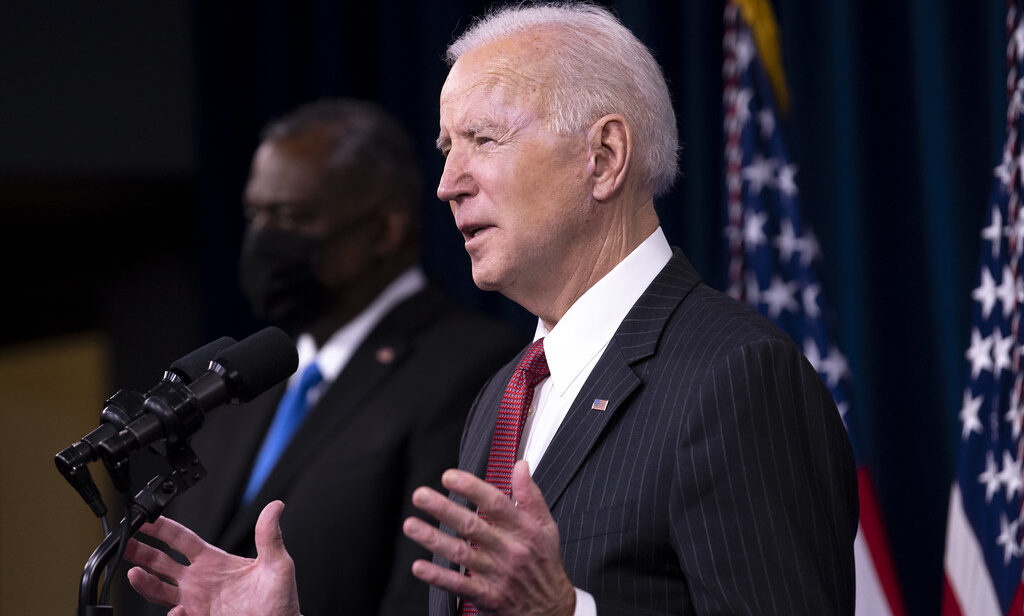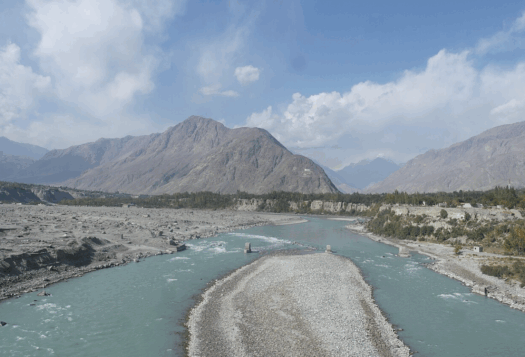
Changing geo-strategic circumstances with the rise of China have forced the United States to narrow its global commitments and concentrate on the immediate challenge. In South Asia, this shift in priorities has felt seismic. While U.S. engagement centered on counterterrorism for 20 years, new threat perceptions have led Washington to deprioritize many of its former partners in favor of enhancing the capacity of naval powers in the Indo-Pacific. However, even as Washington narrows the scope of its engagement, complete neglect of old partners would be a strategic mistake.
Even though Washington’s priorities lie in the Indo-Pacific, the United States cannot disregard careful engagement in South Asia. Without a U.S. partnership, states will turn to China to fill the void, which is antithetical to Washington’s interests. Especially after the fall of Afghanistan, the United States needs to double down on efforts to preclude the Chinese from gaining further ground in the region. This article will outline policy areas the United States can explore to maintain engagement and influence with South Asian states without compromising Washington’s focus on the Indo-Pacific.
U.S.-Pakistan Relations
The resurgence in terror attacks by the Pakistani Taliban and fractured ties between the Afghan Taliban and the Pakistani state have left Islamabad in a difficult position. The deterioration in ties with Washington has worsened matters. Since U.S. troops withdrew from Afghanistan and Imran Khan accused Washington of meddling in its domestic affairs, the U.S. and Pakistan have shown very little engagement. Geopolitical constraints, including the U.S. shift to an India-centered South Asia policy, have made it harder to revitalize ties with Islamabad.
Without a U.S. partnership, states will turn to China to fill the void, which is antithetical to Washington’s interests.
There is some potential for non-security collaboration in policy spaces such as climate change, trade and investment, and humanitarian assistance. Washington’s push for international climate assistance to Islamabad, the worst-hit country in South Asia, is one such example. Beyond this, greater progress in bilateral humanitarian aid aspects, intelligence sharing on terrorist organizations like IS-Khorasan and the Pakistani Taliban, as well as the possibility of incorporating Pakistan into a development finance corporation to balance its dependency on China all stand to strengthen the U.S.-Pakistan partnership and advance Washington’s interests in South Asia.
Engagement with Afghanistan Post-Withdrawal
The return of the Afghan Taliban and its restrictions on commerce, education, and civil liberties, threatens Afghanistan’s socioeconomic fabric and poses reputational damages to the United States. The United States failed to secure responsible power-sharing arrangements and the subsequent fall of Kabul to the Taliban demands Washington’s support for the Afghan people. In the face of macroeconomic instability and the growing fear of the return of terrorism, Washington can remain engaged with civil society actors, support the United Nations mission to Afghanistan, and find creative avenues to provide funding for organizations fighting for tolerance and democracy. As Beijing expands its presence in Afghanistan through BRI projects, Washington’s continued engagement with the partnership fostered over the past twenty years stands to beat back against non-democratic forces in the country.

U.S. Missteps in Nepal and the Way Forward
Some left-wing parties sympathetic to China called U.S. diplomacy with Nepal coercive, pushing Kathmandu into the ripples of great power politics. Washington’s set deadline to their Nepalese counterpart to approve the Millennium Challenge Corporation (MCC), as such, was not well received in Kathmandu. The project’s approval aims to widen road connectivity and energy transmission nationwide. But given the tussle between various bureaucracies, the program has suffered from turf parochialism, protests from left-wing parties, and the region’s geopolitics. As the U.S. increased pressure for the project’s approval in the parliamentary assembly, critics saw it as Washington’s attempt to curtail Nepalese independent foreign policy. Even though the fraught polity of the Nepalese constituency made things difficult for Washington, the intent of renewed engagement and support from the local leadership of India could be a way forward to strengthen ties amid growing Chinese involvement in Nepal.
Human Rights Friction in U.S.-Bangladesh Ties
U.S.-Bangladesh ties are moving in a positive direction. Maritime security concerns, the Rohingya crisis, and humanitarian management serve as the main points of interaction between the two countries. As U.S. foreign policy still pivots around democracy promotion and human rights issues, its push for humanitarian aid to protect minorities brought the two governments together. However, U.S. sanctions against the Rapid Action Battalion, charged with human rights abuses and extrajudicial killings, irritated Dhaka. Dhaka also enacted legal stipulations that monitor digital space, and such footprints are leveraged to crack down on dissent, denting freedom of expression which U.S. policymakers perceive as concerning. Although evidence of military and high-level engagement is increasing to ensure maritime security and intelligence sharing, Dhaka’s commitment to bolster the U.S. foreign policy goals will only come if the former mends its democratic credentials at home and averts its gaze on China to deepen economic and security engagement with Washington.
In Sri Lanka, Crisis Offers Opportunities
Sri Lanka is most likely to look favorably on near-term U.S. outreach. Colombo’s economic crisis worsened as it defaulted on loan repayments, exacerbated by the Ukraine crisis that increased oil and commodity prices. When Beijing was reluctant to support Colombo, amidst economic and political turmoil, Washington and New Delhi offered financial assistance, to correct macroeconomic parameters. Wickremesinghe’s push for democratization, upholding human rights values, and managing the economic situation could make matters more desirable between the two. While a stabilized Colombo will bolster the U.S. intention to curtail Beijing’s influence in the region, the help from Washington and New Delhi will persuade Wickremasinghe to minimize dependence on China while re-balancing complex relations with the two great powers.
Regional issue-based strategies to tackle volatile domestic issues in Pakistan and Afghanistan will give Washington the necessary leverage if Beijing decides to aggressively step in to influence the regional calculus.
Conclusion
The state of Washington’s engagement with South Asia points to the United States’ preference for maintaining a power balance that limits Beijing’s attempt to enhance its influence. While Washington has used India as a bridge to slowly strengthen its relationship with smaller states, direct U.S. engagement with smaller South Asian states is needed. Indian outreach has helped expand U.S.-Sri Lanka ties, foster Dhaka’s strategic convergence with Washington on the Indo-Pacific, and secure approval of the MCC in Kathmandu. It is now time for Washington to step up its outreach.
Washington’s Indo-Pacific security provides impetus to engage Nepal, Bangladesh, and Sri Lanka through development, economic, and security assistance. Washington’s development assistance to Kathmandu eradicated malaria and sustained rural communities through expanding agriculture previously. Deepening economic engagement – trade, investment, and increasing remittances – with Dhaka especially since the Biden presidency could be leveraged to foster more security initiatives. Sri Lanka’s strategic positioning near SLOCs offers a significant incentive for Washington and New Delhi to expand their ties with Colombo.
Similarly, regional issue-based strategies to tackle volatile domestic issues in Pakistan and Afghanistan will give Washington the necessary leverage if Beijing decides to aggressively step in to influence the regional calculus. Measures to provide asylum, passports to immigrant Afghan citizens, and humanitarian aid should gain traction in policy circles. Pakistan’s domestic paralysis inhibits closer cooperation, however, avenues like expanding business ties and other non-traditional security cooperation should be explored. Such approaches are aimed at sustaining and expanding U.S. influence in South Asia as Beijing’s presence in the region grows.
Also Read: The Case for Continued U.S.-Pakistan Counterterrorism Cooperation
***
Image 1: President Joe Biden delivers remarks to Department of Defense personnel via Flickr.
Image 2: US and Afghan soldiers on a mission to disrupt Taliban via Wikimedia Commons.


